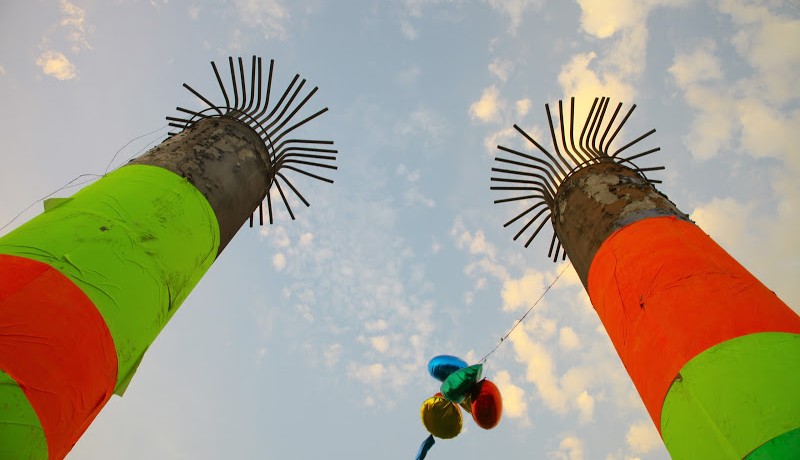Our Blog
This script was branded on an over-sized T-Shirt hanging in the Carpenter Center at Harvard for exhibition ad usum “to be used” by Pedro Reyes.
Reading Doris Sommers, The Work of Art in the World, got me searching for examples of Pedro Reyes work, who is the epitome of an artist who disarms us with both the beauty of his work and his process which is often spiritually transformative. He is the type of artist limeSHIFT strives to engage in order to create change within organizations and in communities; his work is not just sculptural but also engaging and he strives for it to be participatory and useful for social and psychological transformation. Read More…
Organizational culture research points to significant financial benefits for companies that invest in giving. In his article for Harvard Business Review, “In the Company of Givers and Takers,” Adam Grant, Professor at University of Pennsylvania’s Wharton School, states that “higher rates of giving were predictive of higher unit profitability, productivity, efficiency, and customer satisfaction, along with lower costs and turnover rates. When employees act like givers, they facilitate efficient problem solving and coordination and build cohesive, supportive cultures that appeal to customers, suppliers, and top talent alike.”
So why aren’t more companies investing in creating cultures of givers? One answer is simply that they don’t know how. Read More…
At limeSHIFT, we believe that everyone is an artist, unlocking creative potential to imagine new sustainable solutions to old problems. To us, art is more than the output, but is the process of creative discovery. Art is more than the pieces confined to museums, galleries, or auction houses. Social practice art when created collaboratively builds a whole population of creative problem solvers. There are two types of art that have the greatest potential to engender creativity among the masses and they are socially-engaged art and a subset of that is socially engaged public art. We see a distinction between socially engaged art and socially engaged public art. Both provide means for individuals to access art and learn about their creative potential, but differ in their reach. Read More…


